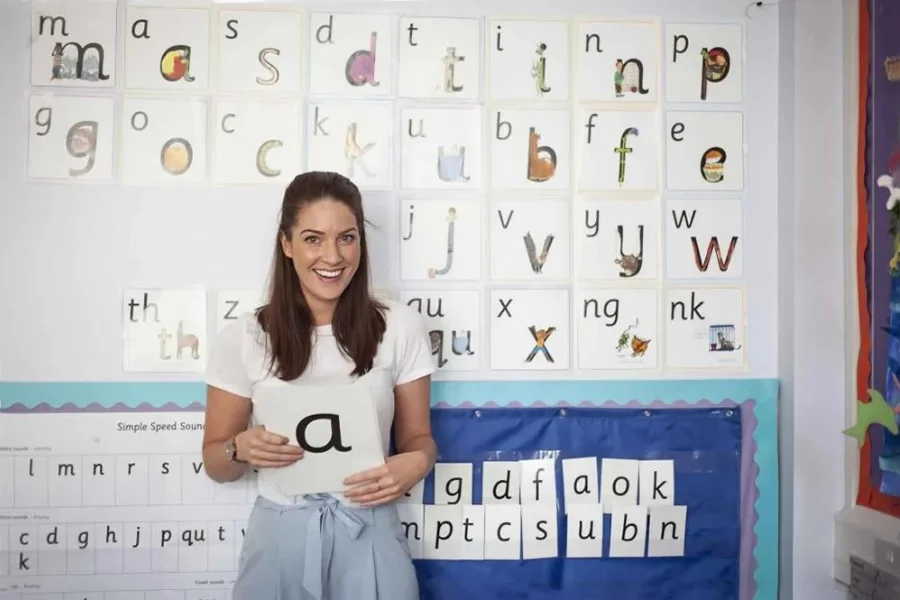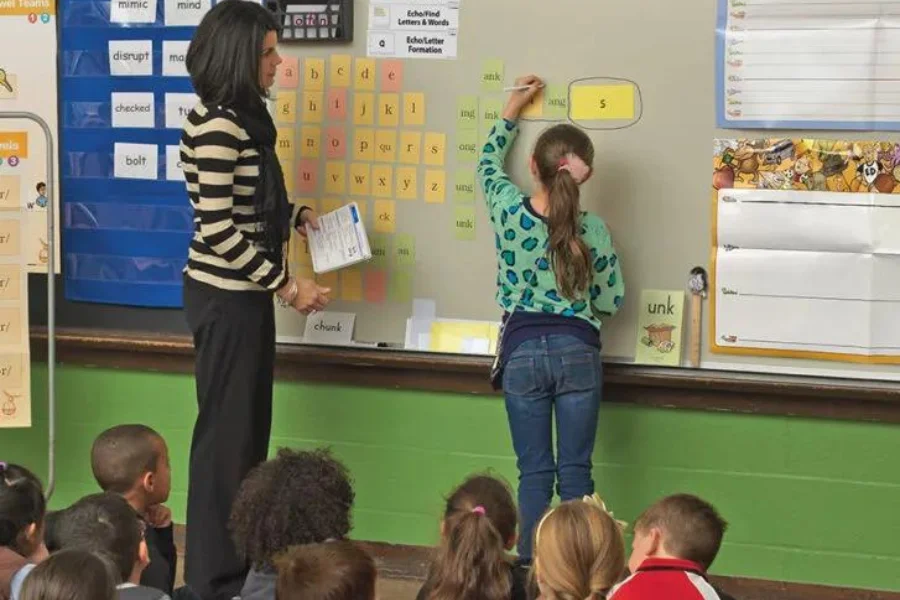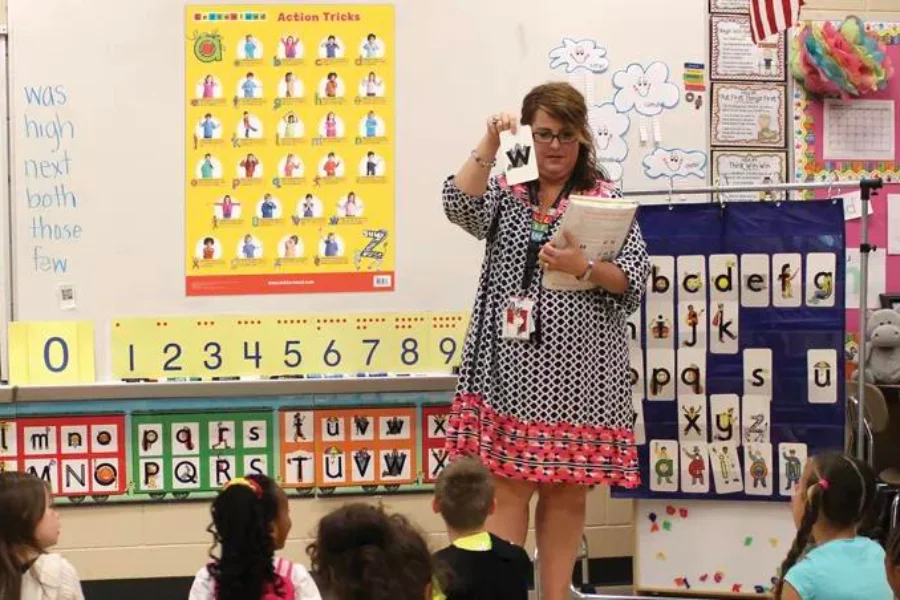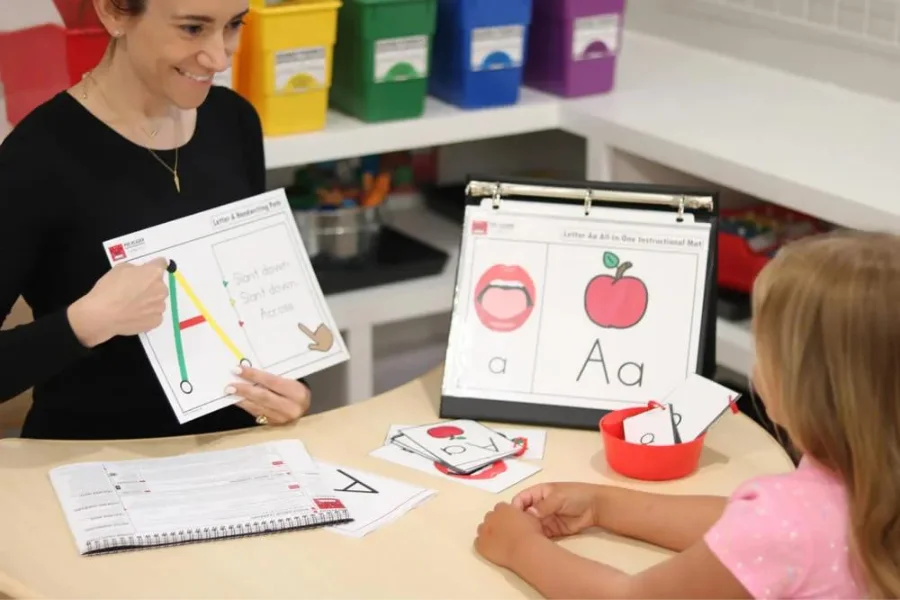Digraphs Phonics

Source: ruthmiskin
Digraphs Phonics
Digraphs Phonics plays a critical part in teaching children how to read professionally. By concentrating on pairs of letters that make a single sound, Digraphs Phonics benefits young learners decode words more professionally. Understanding these combinations allows for smoother reading and better comprehension.
This technique is particularly useful as it introduces kids to the complexities of English pronunciation through clear and engaging methods. With Digraphs Phonics, parents and teachers can support children in developing strong literacy abilities from an early period.
Table of Content

Source: pinterest
What are All the Digraphs in Phonics?
In the world of initial literacy, understanding All the Digraphs in Phonics is main for young learners. A digraph is a combination of two letters that together produce a single sound, distinct from the sounds of each letter. Common instances contain “ch,” “sh,” “th,” and “wh.” These mixtures are foundational elements of Digraphs Phonics, letting children decode words more professionally.
Teaching Digraphs Phonics helps children understand patterns within words, leading to effortless reading of unknown text. The focal point of Digraphs in Phonics is not only the identification of these sounds but also their proper pronunciation and practical incorporation while reading and writing. For example, the digraph ‘ph’ sounds like ‘f’ as in ‘phone,’ and mastering this can significantly boost a child’s reading abilities.
Vowel digraphs play a critical part in Digraphs Phonics. These are pairs like “ai,” “ea,” “ee,” and “oa,” which frequently produce long vowel sounds, as in “rain,” “sea,” “tree,” and “boat,” respectively. By mastering both consonant and vowel Digraphs in Phonics, children grow a more intuitive understanding of English phonetics.
A strong grasp of Digraphs Phonics is not only about learning rules but also about applying these rules to read easily. Phonics courses that emphasize All the Digraphs in Phonics prepare students with the essential tools to tackle more complex reading materials with confidence, making them an indispensable part of phonics education.
Call / Whatsapp on +919869866277 / +919869546913, for details of Phonics Course.
Click Here, for downloading Phonics Course brochure!
How Many Digraphs are there in Phonics?
Digraphs are letter-pairs that combine to form a single sound. These sound blends make teaching reading and spelling much easier. It’s important to know How Many Digraphs are there in Phonics for enhanced phonemic awareness.
To break it down:
- Consonant digraphs: ‘wh,’ ‘ch,’ ‘sh,’ ‘ph,’ ‘th,’ etc.
- Vowel digraphs: ‘oa,’ ‘ai,’ ‘ee,’ ‘oo.’ ‘ea,’ etc.
In total, the exact number of Digraphs in Phonics can vary depending on the dialect and teaching technique, but usually, there are about 20 to 24 primary digraphs that are concentrated on in early education. Each of these plays a serious part in Digraphs Phonics, improving a child’s skill to decode words.
Understanding How Many Digraphs are there in Phonics allows educators to design their teaching plans efficiently and guarantee comprehensive coverage of all essential phonics abilities. This foundational knowledge in Digraphs Phonics paves the method for students to advance their reading skills and enjoy the method of learning new words.
Call / Whatsapp on +919869866277 / +919869546913, for details of Phonics Course.
Click Here, for downloading Phonics Course brochure!
Phonics Digraphs List
Phonics Digraphs are foundational components in the study of English language and literacy. Phonics Digraphs List can significantly enhance reading and decoding skills. These Digraphs in Phonics are made of two letters that jointly produce a single sound, often unique from the sounds of the respective letters.
Call / Whatsapp on +919869866277 / +919869546913, for details of Phonics Course.
Click Here, for downloading Phonics Course brochure!
Digraph Rules
Understanding Digraph Rules is fundamental in mastering Digraphs Phonics, enhancing both reading and spelling skills.
Here, we’ll explore key Digraph Rules and provide examples to illustrate each one:
Vowel Digraphs
These are pairs of vowels that combine to produce a single sound. Common examples include “ai” in “rain,” “ea” in “bead,” and “oa” in “boat.” According to Digraph Rules, the first vowel usually has a long sound, and the second vowel is silent.
Consonant Digraphs
This rule covers pairs of consonants that form a unique sound. Examples include- ‘th’ in ‘bath,’ ‘sh’ in ‘shut,’ ‘ch’ in ‘chill,’ and ‘wh’ in ‘wheel.’ These Digraph Rules help in distinguishing between soft and hard sounds in words.
Split Digraphs
Sometimes called “silent e” or “magic e,” this rule involves an ‘e’ at the end of the word making the vowel within the word sound long. For instance, “mate” where the ‘e’ at the end makes the ‘a’ long.
Trigraphs and Higher
While not strictly digraphs, it’s helpful to know about trigraphs (three letters) that produce one sound, such as “igh” in “night.” Understanding these extends the ability to apply Digraph Rules effectively.
By familiarizing yourself with these Digraph Rules, you can improve your Digraphs Phonics techniques, essential for decoding complex words. Each rule not only aids in understanding phonics but also builds a stronger foundation for literacy.
Call / Whatsapp on +919869866277 / +919869546913, for details of Phonics Course.
Click Here, for downloading Phonics Course brochure!

Source: letterland
What is the Difference between Digraph and Trigraph?
Teachers develop a strong foundation in phonics in children by familiarizing them with Digraph and Trigraphs. Recognizing the distinctions of these foundational elements of Phonics helps in improved reading and spelling abilities.
Here, we explore the Difference between Digraph and Trigraph with detailed explanations:
Number of Letters
A key change between Digraph and Trigraph is the number of letters each consists of. A digraph contains two letters that make one sound (e.g., ‘sh’ in “ship”), whereas a trigraph contains three letters that come together to form a single sound (e.g., ‘igh’ in “night”).
Complexity of Sounds
Trigraphs generally represent more complex sounds than digraphs, making them slightly more challenging for learners to grasp. This complexity arises because blending three letters to produce a single sound involves more nuanced phonetic combinations.
Frequency of Usage
Digraphs are more commonly found in English than trigraphs. Because of their prevalence, understanding digraphs is often prioritized in early literacy programs focused on Digraphs Phonics.
Examples in Words
When teaching Digraphs Phonics, it’s helpful to provide multiple examples. Common digraphs include ‘ch’, ‘th’, and ‘ph’, whereas trigraphs include ‘dge’, and ‘tch’.
Position in Words
Both Phonics Digraph and Trigraph can appear anywhere in a word—at the beginning, in-between, or last. However, certain trigraphs are more likely to happen at particular places than digraphs.
Impact on Teaching Methods
The Difference between Digraph and Trigraphs also influences teaching strategies. Trigraphs may require more focused practice and repetition due to their complexity and less frequent occurrence.
Learning Curve
Students typically learn to recognize and use digraphs earlier than trigraphs. The additional letters in trigraphs can make them more difficult to decode initially.
Variability of Sounds
Some digraphs can represent more than one sound, such as ‘th’ in “the” versus “thing”. Trigraphs usually have a more consistent sound, which can aid in learning but limits flexibility.
Role in Phonemic Awareness
Digraph and Trigraph help in developing strong phonemic understanding. The Difference between Digraph and Trigraph helps children understand the sounds correctly in a written language.
Visual Recognition
Visually, trigraphs can be more intimidating to young readers due to their length. Effective Digraphs Phonics instruction should include strategies to help students recognize and become comfortable with these formations.
Understanding the Difference between Digraph and Trigraph is not just about acknowledging the number of letters involved; it’s about how these elements function broadly within the landscape of English phonetics and literacy. As part of a robust Digraphs in Phonics course, appreciating this Difference between Digraph and Trigraph can significantly boost a learner’s ability to read and spell effectively.
Call / Whatsapp on +919869866277 / +919869546913, for details of Phonics Course.
Click Here, for downloading Phonics Course brochure!

Source: reuse
Phonics Courses for Teachers
Phonics Courses for Teachers are important for educators looking to improve their teaching plans, and the Vidhyanidhi Education Society (Govt. regd.) offers an exceptional training program in this part. This Phonics Courses for Teachers is exactly designed to arm educators with the abilities needed to teach reading through phonics, which contains the mastery of Digraphs Phonics—a critical element of the English language.
Here are the benefits offered by their Phonics Courses for Teachers:
18 hours of intensive training
This duration is packed with interactive and educational sessions, ensuring that every participant gains deep insights into phonics teaching methods.
UK-based Synthetic Phonics Methodology
This popular approach is renowned for its effectiveness in phonics education, focusing heavily on Digraphs Phonics, which helps students understand complex phonetic patterns.
Audio-visual teaching aids
These modern resources make the Phonics Courses for Teachers engaging and accessible, facilitating a better understanding of Digraphs in Phonics.
Interactive demonstrations
The Digraphs in Phonics course includes unique demonstrations of sounds using jingles, stories, and actions, making the learning of Digraphs Phonics memorable and fun.
Ample practice of all 42 sounds
This includes both single letter sounds and digraphs, ensuring a thorough grounding in Digraphs Phonics.
Mock drills and practical applications
These sessions allow teachers to practice their new skills in simulated environments, enhancing their confidence in teaching Digraphs Phonics.
Doubt-solving and question-answer sessions
These are integral parts of the Phonics Courses for Teachers, providing personalized attention to resolve any uncertainties regarding Digraphs Phonics.
Vidhyanidhi Education Society’s Phonics Courses for Teachers are designed not just to inform but also to modify pedagogy, making the teaching of Digraphs in Phonics an indispensable part of educational practice. These Phonics Courses for Teachers empower educators to deliver Digraphs Phonics instructions more expeditiously, thereby refining reading skills among young learners.
Join our Digraphs Phonics Course at Vidhyanidhi Education Society today!
Call / Whatsapp on +919869866277 / +919869546913, for details of Phonics Course.
Click Here, for downloading Phonics Course brochure!
FAQs
Where do I Start Teaching Phonics?
Start your Phonics teaching in preschools or primary schools to shape young minds effectively.
What is the Salary of Phonics Teacher in India?
One can expect ₹1,50,000 to ₹3,36,000 per annum Salary of Phonics Teacher in India.




